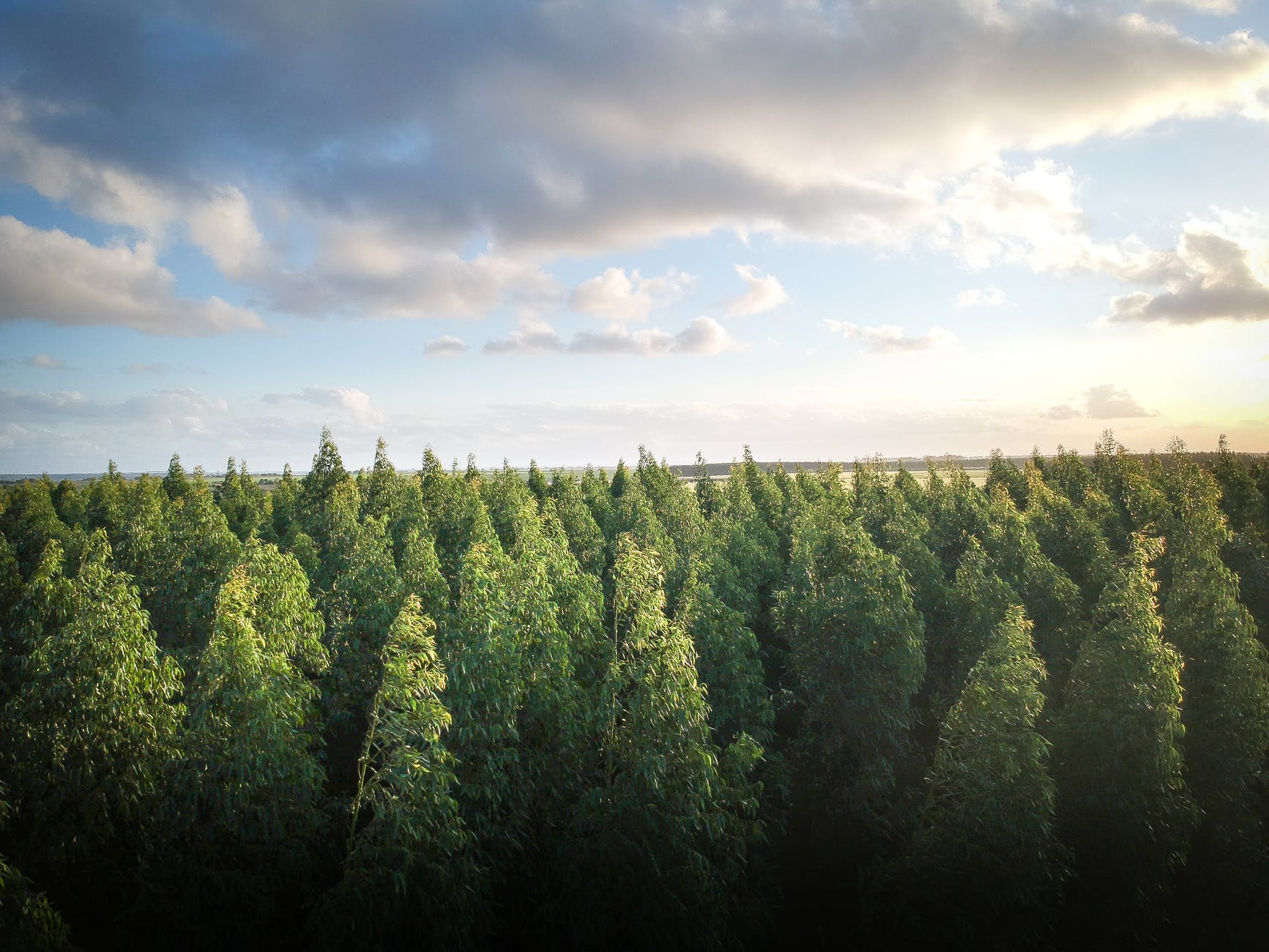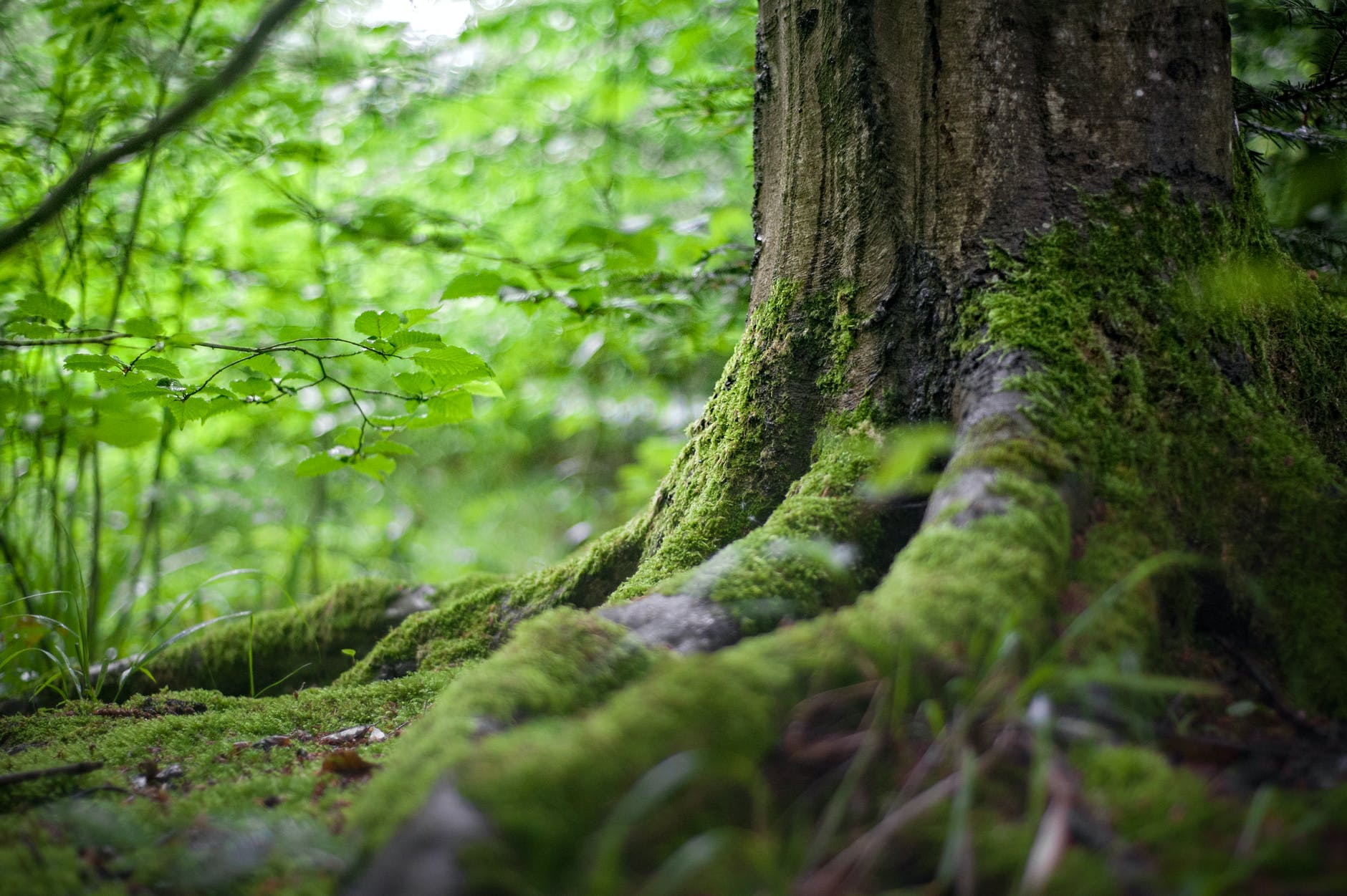Most of us are looking for ways to combat climate change, since the science is irrefutable – we’re running out of time. If we want to have a viable earth to pass down to our kids and grandkids, time is of the essence.
What’s the answer, though? That’s a little harder, but even if planting trees couldn’t hurt anything, could planting a whole lot of trees actually save us?
The answer is… scientists think so.
In a recent report, the U.N. suggested that adding 2.5 billion acres of forest to the world could limit global warming by 2050.
What’s more? Data backs up their claims.
Image Credit: Pexels
A group of researchers out of Switzerland found that restoring around 223 million acres of canopy cover (that’s an area roughly the size of the contiguous United States) is “our most effective climate change solution to date.”
That number of trees could store about 205 billion tons of carbon – 2/3 of the carbon that has been emitted since the Industrial Revolution.
Jean-François Bastin, from the Switzerland study, lays out what that really means.
“The idea was to estimate what tree cover could be expected when you removed the ‘human factor,’ i.e. what specific types of forest would naturally occur in the absence of other development, and where.”
They built a “model to link tree cover with climate/soil/topography, based on 78,000 observations of tree cover in protected areas.”
Image Credit: Pexels
They used some more fancy math to exclude land currently being used for urban settlements, croplands, and existing forests, which left them the total amount of land available for restoration.
These studies align with global efforts like the Trillion Trees Vision, which wants to plant those trillion trees by 2050, and the Bonn Challenge, a partnership between Germany and the U.N. that wants to restore 371 million acres of deforested land by the end of this year.
If you’re thinking this sounds easy, and we should just do it like, yesterday, but things are always more complicated than they seem.
Mostly, the fact that only a few countries are willing to chip in, says Jim Hallett, chair of the Society for Ecological Restoration’s board of directors.
“Implementation of forest restoration on the scale discussed in this paper is not as straightforward as it might seem.
By 2018, there were commitments of over 420 million acres (170 million hectares) by 58 nations, which exceeds the Bonn Challenge goal.
Current estimates indicate that around 29 percent of the committed lands are now under restoration, but most of this work has been done by a few countries.”
Other major challenges, according to Hallett, include “financing, governance, land tenure and ownership, [and] capacity to do the work. There is ample evidence that, in some contexts, if the benefits of restoration are not equally shared, the project will fail. So incentive programs have to be carefully developed.”
Image Credit: Pexels
Experts also warn that planting trees alone is not enough, even if we plant a billion of them. The models depend on us not further degrading the forested lands we currently have, too.
Not only that, but there are other scientists, like climate change researcher Eike Luedeling, who are skeptical for other reasons.
“Many of the allegedly available restoration areas are clearly unsuitable for more trees than they currently support.
If you look closely at the map, a large proportion of these areas are in regions where soils are permanently frozen.
The methodology implicitly (probably not on purpose) implies that carbon stock is proportional to canopy cover, i.e. ecosystems without trees contain no carbon.
This is clearly false and strongly inflates the global estimate [of restoration].”
Basically, for some, these studies and proposals are nothing more than interesting academic proposals that will never be able to be implemented in the real world.
The U.N. and Hallett, recognize that nothing they’ve proposed will be simple, but it could be a viable course of action if the kinks could be worked out.
Image Credit: Pexels
“What we need is universal action: international agencies, NGOs, governments, all citizens — anyone can be involved.
Local communities and small organizations may be especially effective.
While they do not have the same reach as national agencies, they have the benefit of knowing what works best in their own backyards.”
It seems like this could be a great solution, or at least the start to one.
I mean, who doesn’t love trees, right; they’re the best!
The post Could Planting 1 Trillion Trees Help To Save Us From Climate Change? appeared first on UberFacts.



